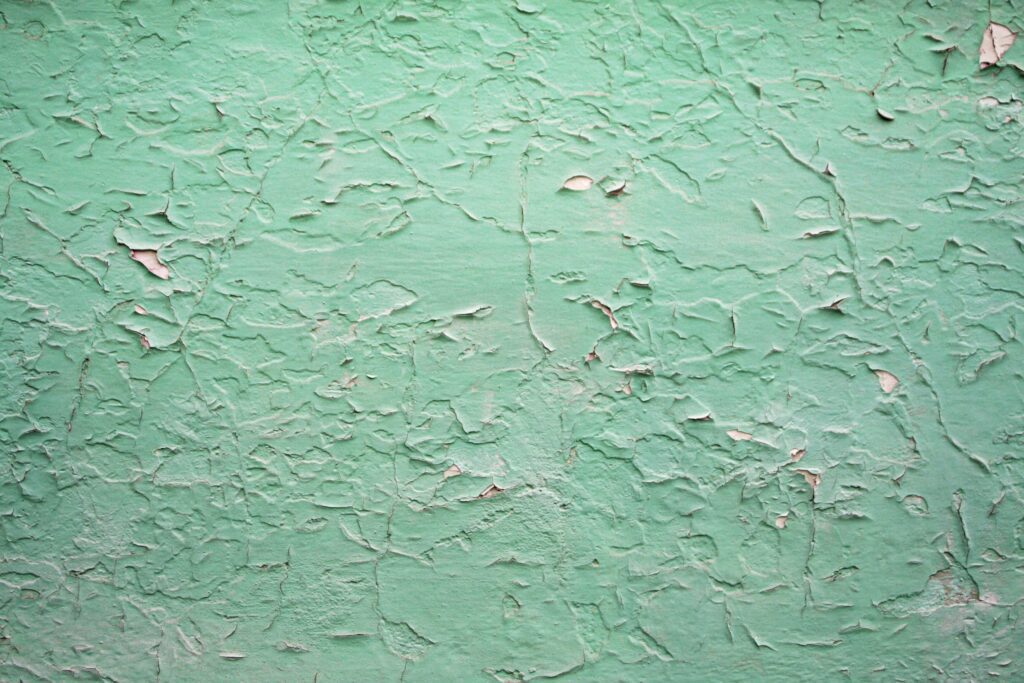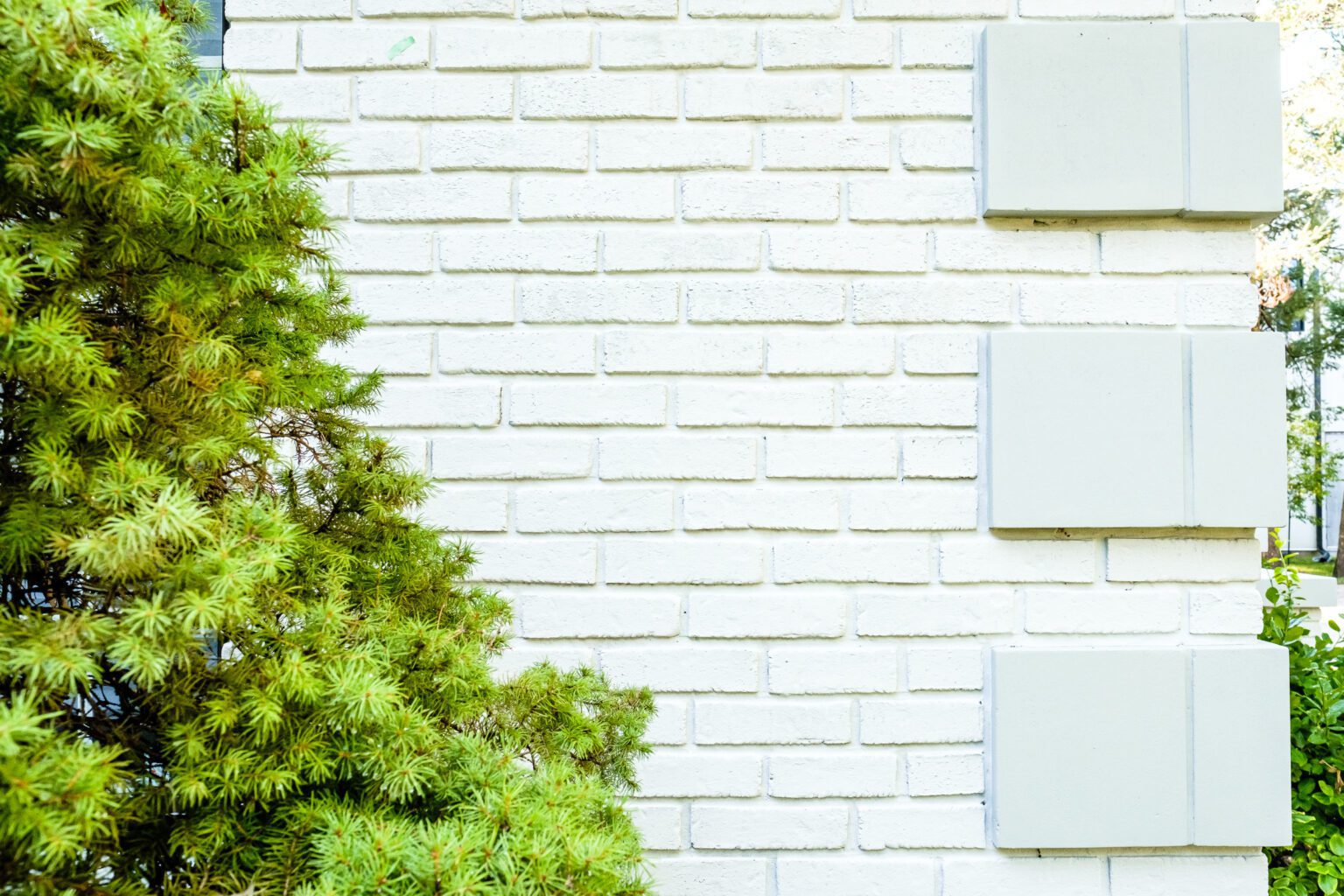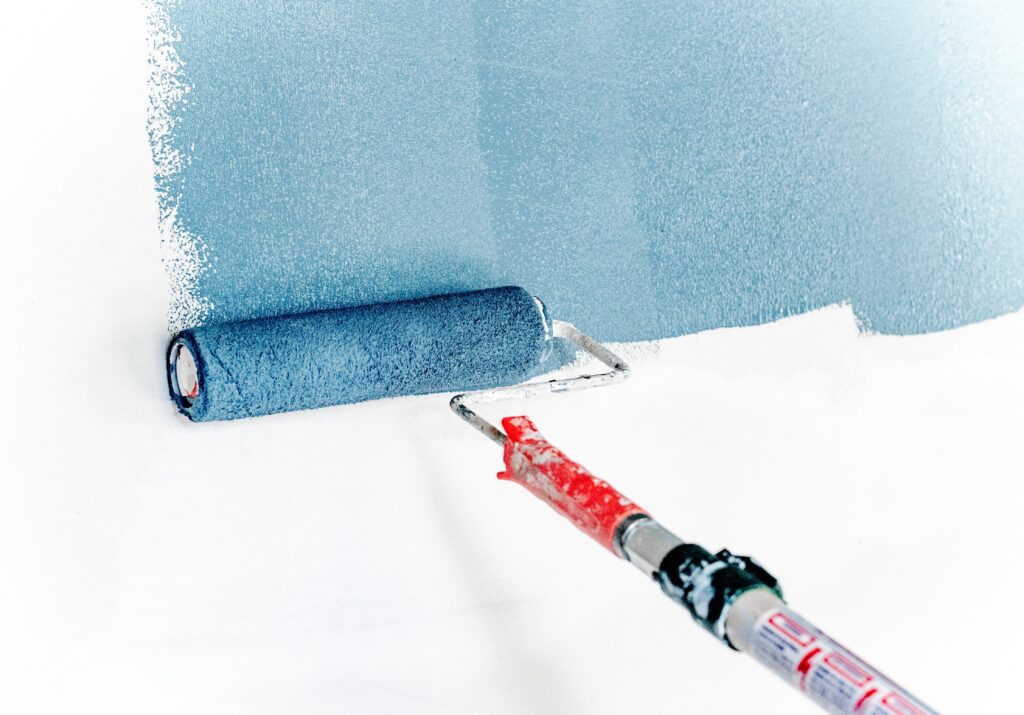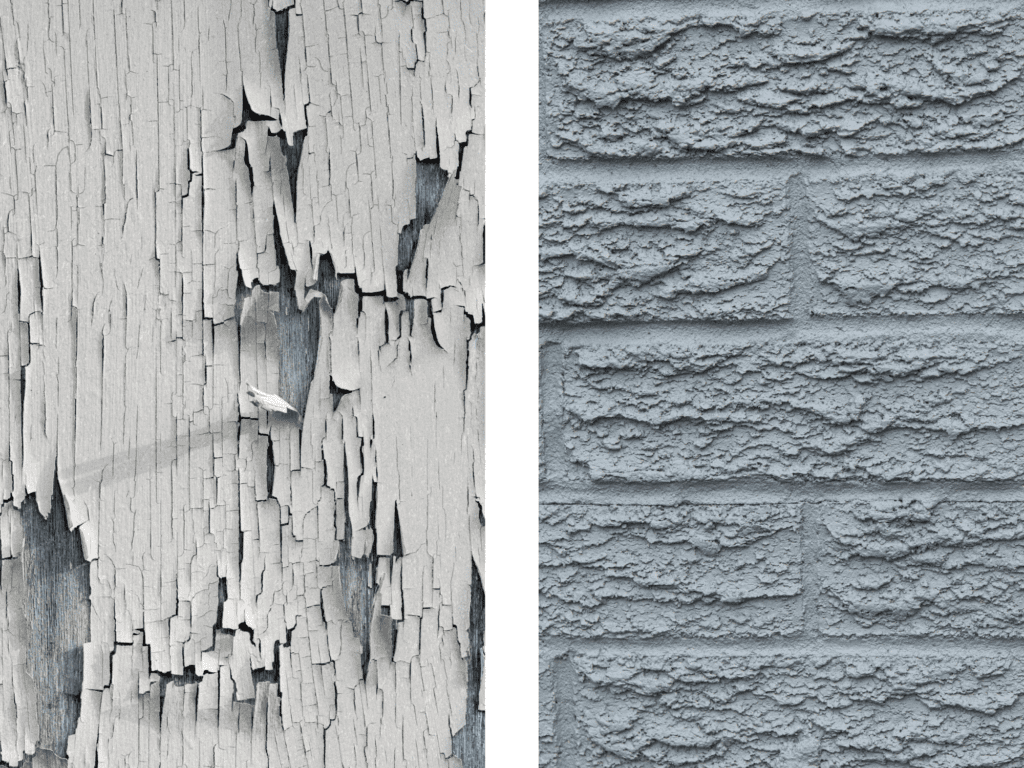Choosing the right finish for your home and furnishings, whether it’s stain or paint, can make or break a design. The options are plentiful and it’s great to have so much choice!
But with that choice comes the challenge of picking a color scheme, knowing what materials to use for different surfaces, and throwing in the options of paint vs stain can make it seem like a challenging task.
It doesn’t have to be complicated, and knowing the advantages and disadvantages of both will help you make a more informed choice, keeping you happy with your freshly decorated space for years to come! Keep reading to find out what the differences actually are.
Stain or Paint: What’s the Difference?
Paint and stain have one major thing in common. They both use the same “ingredients.” A pigment and a vehicle. These come together to create a protective layer of color on a surface.
There are, of course, a few distinctions. The most important is that paint adheres to a surface, whereas stain sinks into it. It depends on the material, or substrate, that you’re working into, but each has its own pros and cons. Let’s look at that quickly before we dive into what to use on what surfaces.
The pros of paint are:
- Needs fewer coats
- More color options
- More uniform in coverage
- More sheens and finishes are available
- Can paint over stain but not the other way around
The pros of stain are:
- Quicker to dry
- Lasts longer in most cases
- Enhances wood surfaces
- Perfect for concrete
- Transforms masonry
- Can create glossy/metallic finishes
- Resistant to chipping and peeling.
Each has its own merits and use cases. For example, if you’re trying to color concrete or masonry, stains offer a powerful means of creative great looks.
If you are working with drywall, you may choose to go with paint. Remember, though, that certain surfaces won’t take paint or stain well, so you need to pay attention to what you’re working on top of.

Different Substrates
You’ll likely find an array of substrates throughout your home and each has its own needs. Certain things, like drywall and wood, should probably be treated before you color them. Others will just need a good clean. Let’s take a quick look at what’s best in the battle of stain vs paint.
Wood
Painting is going to coat the surface of wood, so you’ll lose the natural texture and tone of the wood you’re working with. Stain, on the other hand, penetrates, protects, and preserves it.
It’s important to stress that wood stain is very different than other stains like concrete stains. They are entirely different products.
It’s also important to note that your wood stain will progressively fade, requiring the occasional re-coat. However, paint stripping needs a lot of scraping, and it’s a much more challenging task than applying another coat of stain.
Masonry
Masonry and brick can technically be stained and painted, which is great since this means it’s really versatile. Painting may be a cheaper option on the surface, but latex paints peel off the surface over time. Brick staining, on the other hand, is a useful method for preserving the natural texture of the surface and lasts far longer.
It also helps maintain airflow, since you’re not blocking its pores, which helps it release moisture. It’s not as prone to chipping and peeling, which means the time between touch-ups is much longer. Just keep in mind that it typically requires professionals to stain masonry, and certain types of brick are more porous than others.

Concrete
If you’re looking to paint or stain concrete, you’ll have a few options. In terms of stains, you can choose from water-based or acid-based. Water-based stains are highly versatile, and best used on horizontal concrete surfaces. Acid-based stains react to the actual chemistry of the concrete, which means its more set into the material, and are best for floors.
Paint will stick on top of concrete, but much like with masonry, will peel off over time. You’ll also need to clean the concrete with a degreaser first to remove contaminants and curing chemicals.
Vinyl
Unfortunately, you can’t stain vinyl, since it’s a nonporous material. We’ll touch on that in a moment. You can use a thicker gel-style stain to add color, but for the most part, vinyl won’t absorb anything you put onto it. In this case, then, paint is the better choice.
Be sure to wash the vinyl with warm soapy water and allow it to dry thoroughly before painting. If there’s any mildew, make sure you use bleach and clean it thoroughly. You don’t need to prime vinyl, as it handles paint really well.
Drywall
Paint is definitely the better option for drywall. Since stain will soak through the paper of the drywall, you’re likely to get spots and patchy coverage. Painting is ideal since it sits on the surface of the drywall and can also cover up any potential flaws in the surface.
So even though drywall is porous, which is typically what we’d use stains on, it is not the ideal receptacle for a stain finish.

Understanding Porous Surfaces
With painting surfaces, you want to make sure you understand whether you’re working on something that is porous or non-porous. Generally speaking, stains won’t take to non-porous surfaces, and there’s a reason for that. As a material, they need something to sink into.
Non-porous surfaces don’t have “pores,” which would let liquid, vapor, or water pass through. Without them, there is nothing for the stain to stick to, which means it will probably just wipe off, even if it’s dry. Paint will typically go over either surface but needs different levels of preparation in order to stick properly.
Whether you choose a paint or stain finish, it’s important to do your research and make sure you’re getting a product that’s going to look just how you’d imagined it.
How Nawkaw Can Help
To stain or paint, that is the question. And hopefully, now you have a better understanding of what the different surfaces in your home need. There are certainly benefits to both practices, but staining is potentially more versatile since it’s easier to put on, remove, and maintain.
If you still have questions to doubts, we can help. We’ve been in business since 1988, so you can be sure we know our stuff.
Contact us today if you need some help with your staining surfaces, or even if you’re just interested in getting some handy tips and tricks.

